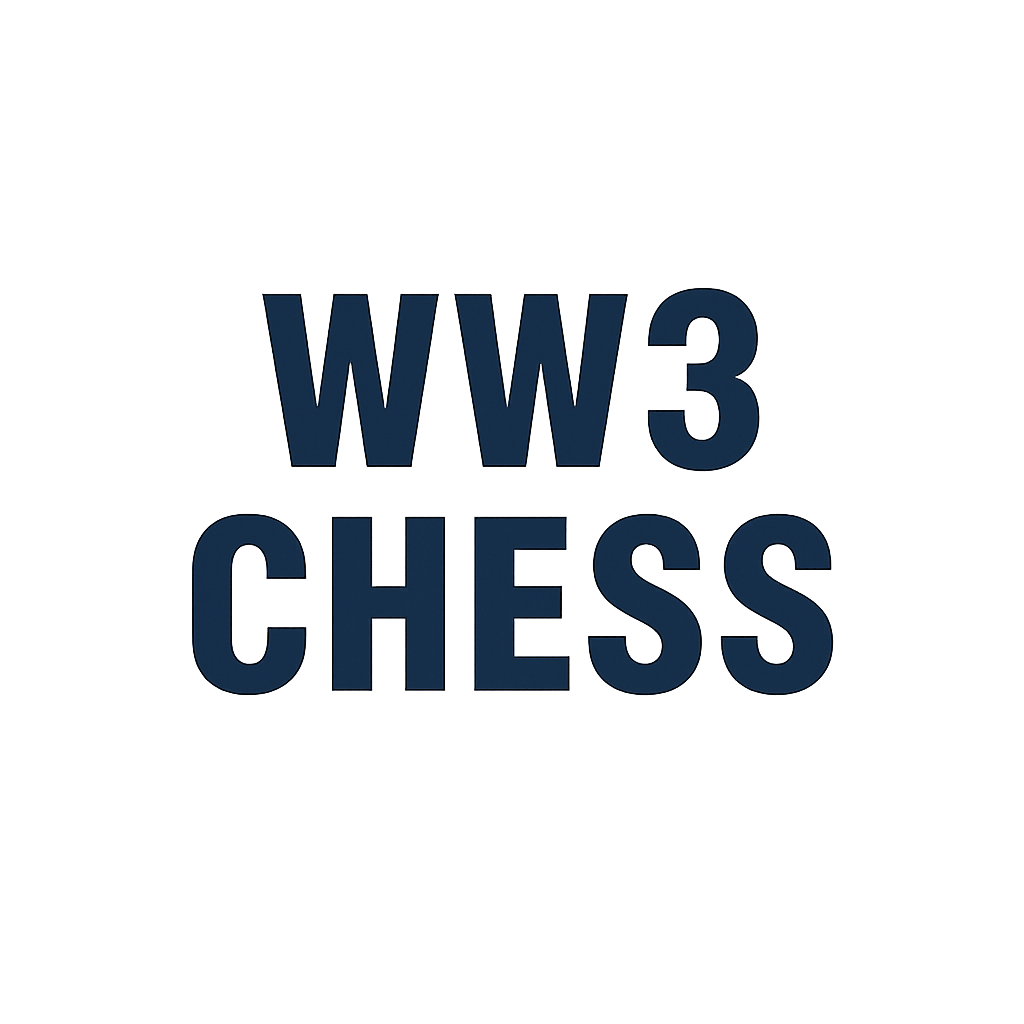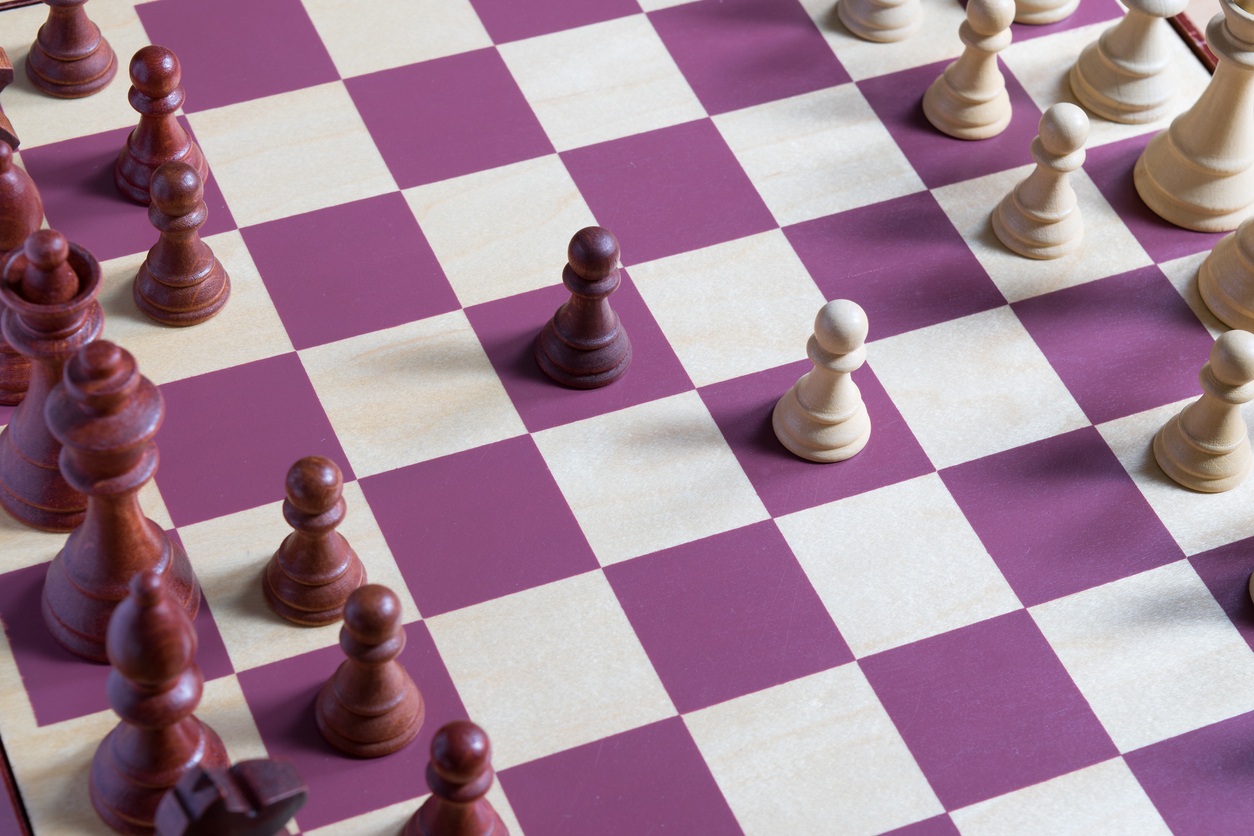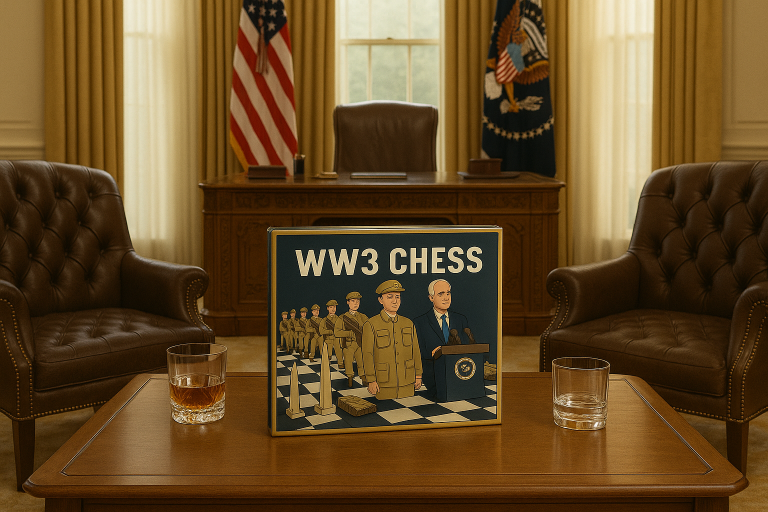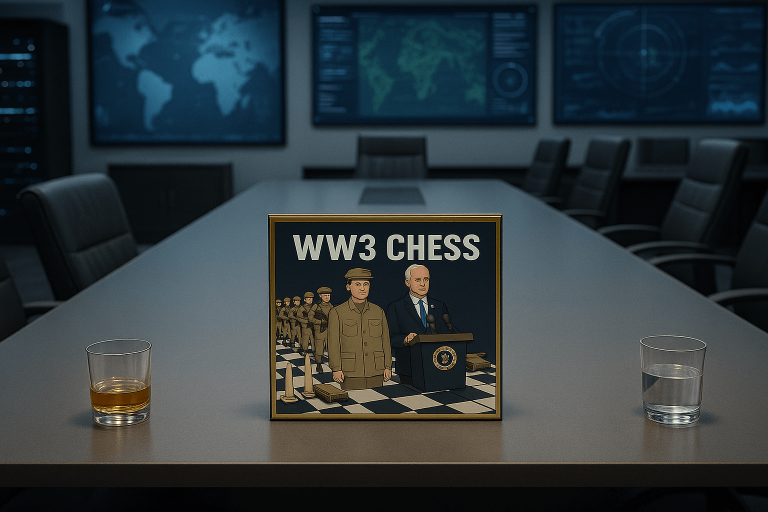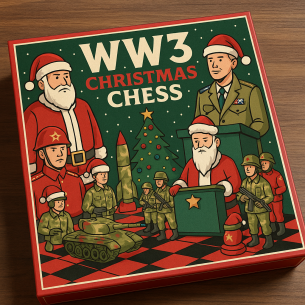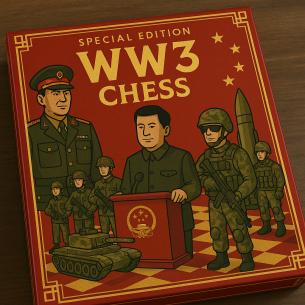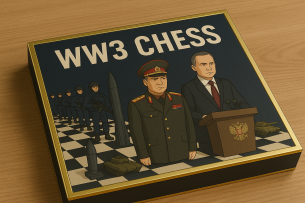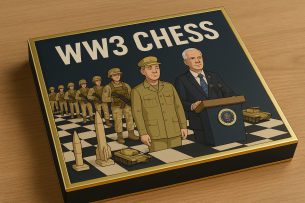When two armies face each other across the 64-square battlefield, the first moves are never trivial. They’re not polite handshakes; they’re artillery strikes. Chess openings are the opening salvos of war — the maneuvers that dictate tempo, morale, and destiny before the real bloodshed even begins.
In chess, just like in global conflict, hesitation is fatal. A pawn pushed timidly can spell doom, while a bold thrust can dictate the entire course of battle.
Why Openings Matter: The First Frontline Clash
Every opening in chess is more than just “developing pieces.” It’s the clash of doctrines, the echo of generals past, and the silent declaration of intent.
- The King’s Pawn Opening (1.e4): The equivalent of a shock-and-awe invasion — fast, aggressive, immediate control of the heart of the board.
- The Queen’s Gambit (1.d4 d5 2.c4): The classic trap — sacrifice early material for positional dominance, much like bleeding an enemy before surrounding them.
- The Sicilian Defense (1.e4 c5): Not defense at all, but counterstrike doctrine. It’s the guerrilla ambush of chess, where black says: “Come in. But you won’t like what’s waiting.”
- The Ruy López: The centuries-old warhorse, a trusted battle plan of kings and emperors, refined through countless wars.
Each opening is a military philosophy. Do you blitzkrieg across the center or fortify your stronghold like a Cold War bunker?
The Psychology of Chess Openings
Openings aren’t just moves — they’re psychological warfare. A player who slams down the Najdorf isn’t just playing chess; they’re planting a flag, announcing: I came here for blood. A timid London System player? Safe, solid, and — let’s be honest — often predictable.
Grandmasters don’t just prepare lines. They prepare psychological traps, knowing that an opponent’s confidence can crack faster than a fragile alliance.
Learning Openings: Doctrine vs Improvisation
Should you memorize endless lines like a military manual? Or improvise like a rogue general? The truth is balance:
- Learn the why behind moves, not just the moves themselves.
- Know the key structures, pawn breaks, and traps.
- Be ready to pivot — every opponent brings a different war strategy.
Opening theory is like nuclear deterrence: you don’t need to know everything, but you better know enough to stop someone from steamrolling you.
From Chess Openings to World War 3
And here’s the dramatic truth: openings set the stage for everything that follows. In geopolitics, a single misstep in the opening act can trigger decades of chaos. In chess, it can cost you the game before you’ve even developed your pieces.
If you think openings are “boring theory,” you’re already losing. They’re the razor’s edge between dominance and disaster.
The Collectible Battlefield
Speaking of razor’s edges — if you want to feel the gravity of war in every opening you play, the World War 3 Chess Board is where symbolism meets strategy. This is not your dusty grandfather’s board. It’s a collector’s item that fuses modern geopolitics with ancient strategy, handcrafted for players who understand that chess isn’t a pastime — it’s a battlefield.
Owning one is like holding the opening move of history itself. Supplies are limited, and the board ships free worldwide. Secure yours before the next great battle begins at ww3chess.com.

